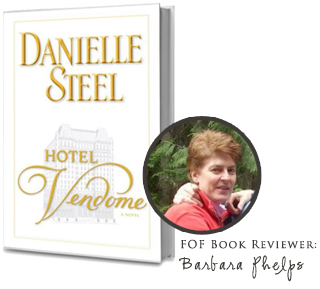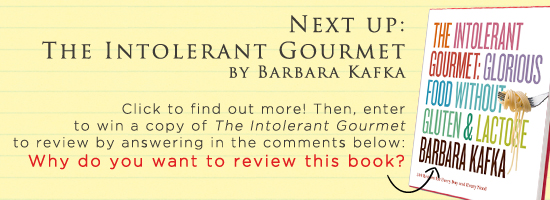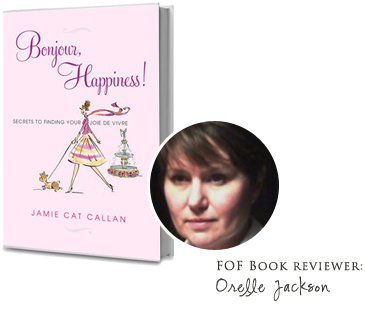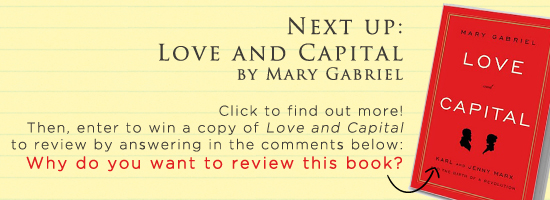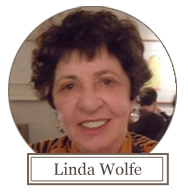{FOF Guru Book Review} Hotel Vendôme–will this book Steel your heart?
Every book that FOF Danielle Steel has ever written has been a New York Times bestseller, including her latest novel, Hotel Vendôme (Random House Publishing Group, November 2011). It follows an ambitious man as he transforms a shabby Manhattan inn into a luxurious, five-star hotel. His seemingly perfect life comes to a halt when his wife, Miriam, takes off with a rock star, leaving him to raise their 4-year-old daughter, Heloise. Is this Eloise for grown ups? Not quite… But, Kirkus Reviews says the novel will “appeal to the most dedicated of Steel’s fans,” although many readers say it falls flat. “It seems Steel has run out of story lines,” says one Amazon.com reviewer. “44 Charleston Street, about a single woman who opens her home to boarders, was disappointing as well. Now we have a hotel. What’s next, an apartment complex?”
Does FOF Book Guru Barbara Phelps agree? Did Hotel Vendôme make her want to check in or out?
Did you enjoy this book?
Three quarters of it. The description made me feel like I was owning and running a grand hotel. I could feel the passion of the owner and I was gripped by the things that he and his daughter experienced. However, the plot became a runaway carriage ride–rampant changes of scene, many emotions running high…I wanted to slow it down!
Was it a page-turner or did you have to push through it?
It was a page turner and really had me wound up in their lives and emotions.
What would you want to ask the author, now that you’re done reading?
I would ask Ms. Steel why she felt the need to try to cram so much into the last quarter of the book.
Would you recommend this to other FOFs?
I would recommend it to other FOFs–to both those who love Danielle Steel and those new to her. It was a bit different from her average plot lines.
If you had to classify this book would you call it a “must read” a “pass” or a “skim it” book?
A must-read. I did find it flying by as I read it and was excited to get back to it each day.
—
One FOF will win a copy of The Intolerable Gourmet cookbook to review. By entering this contest you are agreeing to read and submit a written review of this book to FabOverFifty and to send a photo of yourself to accompany the published story.
(Contest closes 12/1/2011 at midnight E.S.T. See all our past winners. See official rules. Our panel of editors will choose winners based on the quality of their written comments. We look for clear, concise writing; creativity; and thoughtfulness.)

